American Regional Architecture
Holly Stockley
5 years ago
Featured Answer
Sort by:Oldest
Comments (34)
Virgil Carter Fine Art
5 years agoRelated Discussions
Garden design: International, regional, cultural...
Comments (12)I think that cultures that share a language and were both originally colonized by the same culture share quite a bit of common design traditions, and you are letting the language/terminology get in the way. Curb/kerb appeal is simply real estate/television design makeover jargon that has been picked up by mass culture here, and references making a good first impression from the street. Pretty basic concepts both here and there, I would think. The concept of privacy screening may well be either cultural or individual, it isn't the same for everyone here, or there, but more linked to individual preferences. Here in California, which for better or worse is a garden design fashion leader, due to our combination of popular culture disseminated by television and cinema, geography, market size and population, we have multiple influences on design beyond the English garden tradition. Indigenous cultural influences are virtually nil, while the Latin/Spanish/Mexican influences are huge, and can be traced back to Roman, Persian as well as Arabic design influences. More recently, but still at least a 100 years ago now, Asian influences, particularly Japanese in California's case, have played a role. From what I see of New Zealand regional landscape design, you share some gardening trends with California in particular. Smaller sized lots for older, more urban areas for one. A coastal maritime climate as well as mountains, which shapes how we garden and the plants we use, and importance of captured views beyond the garden, screening to control winds and make gardens more comfortable to be in, and plantings that use both natives and imported exotics, that wouldn't survive in more extreme continental climate gardens. New Zealand plants and Australian plants are quite common here, as are succulents and bromeliads which seem equally popular in more contemporary New Zealand/Australian gardens over there. I'd also hazard a guess that at the higher economic end of garden design, there is virtually no difference in styles between California and New Zealand, aided and abetted by mass media such as international garden design magazines, television and newspapers. I happen to live in a part of California where the local and regional design tends to be more distinctive and individual than most other parts of California. There are no new subdivisions of mass produced tract homes in my town of Berkeley, and the entire inner Bay Area around San Francisco Bay is for the most part neighborhoods of older homes(relative I know, nothing much here older than 120 years), built in multiple styles over decades, on mostly small lots. As we also have an influx of people from all over the world settling here, gardens at the local level are distinctly less suburban looking and more international in flavor. Particularly here in northern California and the San Francisco Bay Area, we are also blessed with a nursery industry that is still regional and not a national/corporate hegemony, with nursery owners/horticulturists that have broad interests in plants from around the world suitable for California conditions. Not to say that this doesn't occur elsewhere as well,(North Carolina and Washington and Oregon states also have this), but having a broad range of plants to design around also makes for less homogenized landscapes....See MoreIt's going to be huge - ACS Western Region Conference
Comments (26)not as HUGE as if i were there ... but i am sure you guys can make it huge enough.. w/o me ,.... ken ps: my garden story .. for what its worth.. lol .. the eastern Europeans made their clear white lightening drink from their potatoes... vodka and all ... and those darn british and their love of the juniper [green man and all that celtic lore] ... threw in some berries and made it gin ... all made up.. i am sure ...lol.. [and the Irish/Scots skipped the potato and aged it in oak.. and came up with the brown version of lightening ... and the Italians.. skip it all and wallowed around in rotting grapes ... see.. who expected these brilliant insights... lol ...] pps: and i will yell.. i said ... FOR WHAT ITS WORTH ... lol .. yeah ... i know.. not much ... Here is a link that might be useful: link -- useless facts for the day .......See MoreArchitectural gurus - American Colonial or Revival?
Comments (11)Thanks so much to all of those who have helped out so far. Since that picture was taken, the windows have been replaced. However, they were original. There were absolutely no scars from a retrofit, and materials that had never been disturbed. The windows in the dormer are the only ones that had been replaced, and they replaced them with vinyl(yuck). The interior certainly was nice at one time, and there are still many parts that are, but over the years it has seen some renovations that really were not in keeping with the houses original beauty. I have grand plans to bring this house back to its original glory, and beyond. The story behind how the house came to be. This house is located one street to the east of the main street of the town(the main street is literally a 60-90 second walk from my door), which has since grown into a city. And although the "new" downtown has sort of centered around a wide street with every box store imaginable, I still love the old downtown location for pedestrian convenience. And yes, apparently the original occupants were fairly well known and probably upper middle class. They owned the hardware store in town. As everyone knows we were 2-3 years into the great depression, and a lot of local contractors had racked up accounts with the hardware store that they did not have money to pay. So the owner of the store and contractors that owed him agreed to build him this house to pay off their debts. I love this story, and it just adds to the value of the house(to me). I just adore old homes, and this one definitely is extremely well built. The brickwork is in perfect condition with not one structural crack. The foundation is the same. The floors are as straight and flat as a billboard table. Anyway, I would like to rebuild a new portico on this home. I want to build it out so that the front of the portico protrudes equal to the top of the front stairs, with two columns holding up the roof. Now here is a serious question; Are there any do's and dont's with this? Should the columns be round or rectangular? How bout roof? Flat? Pitched? I also plan on adding shutters. We really like the paneled shutters, but notice a lot of louvered shutters on similar houses. Any thoughts on this? Also keep in mind that I do not have to stay 100% "pure", as I do not believe this house is 100% pure to any design. But I would like to avoid a mistake that is very out of line. Here is a link that might be useful: I found picture of the front...See MoreNeed help with choosing heirloom varieties for my region. Please.
Comments (2)Continuation........ Peppers Jalapeno California Wonder Bell Cubanelle Sweet Fryer Yolo Wonder Golden Calwonder Calwonder Sroksarai Beans Bush Tendergreen Blue Lake Bush Lingot Cannellino Red and White Calypso Butterscotch Black and White Calypso Mayflower Kentucky Wonder White Half Runner Black Valentine Windsor Fava Garbanzo Blackeye Pea Sugar Garden Peas Laxton Progress Corn Sweet Bantam Bloody Butcher Hickory King Yellow Other Okra- Clemson Spineless Eggplant-Bianca Sfumata di Radish- White Globe Hailstone Radish- Purple Plum Cherry Belle Asparagus- Mary Washington Asparagus- Argenteuil...See MoreHolly Stockley
5 years agoaprilneverends
5 years agolast modified: 5 years agobeckysharp Reinstate SW Unconditionally
5 years agobpath
5 years agoMark Bischak, Architect
5 years agobpath
5 years agobeckysharp Reinstate SW Unconditionally
5 years agoHolly Stockley
5 years agobeckysharp Reinstate SW Unconditionally
5 years agolast modified: 5 years agoBT
5 years agoHolly Stockley
5 years agoHolly Stockley
5 years agolast modified: 5 years agobeckysharp Reinstate SW Unconditionally
5 years agoZalco/bring back Sophie!
5 years agolast modified: 5 years agobpath
5 years agonini804
5 years agotryingtounderstand
5 years agoA Fox
5 years agoA Fox
5 years agobeckysharp Reinstate SW Unconditionally
5 years agoHolly Stockley
5 years agolast modified: 5 years agoVirgil Carter Fine Art
5 years agolast modified: 5 years agoOne Devoted Dame
5 years agolast modified: 5 years agojust_janni
5 years agobpath
5 years agoMark Bischak, Architect
5 years agolast modified: 5 years agobeckysharp Reinstate SW Unconditionally
5 years agoVirgil Carter Fine Art
5 years agolast modified: 5 years agoHolly Stockley
5 years agoMark Bischak, Architect
5 years agolast modified: 5 years agoOne Devoted Dame
5 years agocpartist
5 years agolast modified: 5 years ago
Related Stories
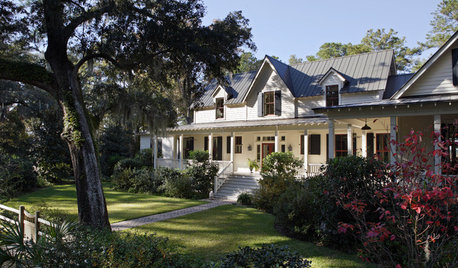
ARCHITECTURERoots of Style: American Farmhouses Pay Tribute to Regional Traditions
With simple forms and details that honor their locales, farmhouse architecture transcends time
Full Story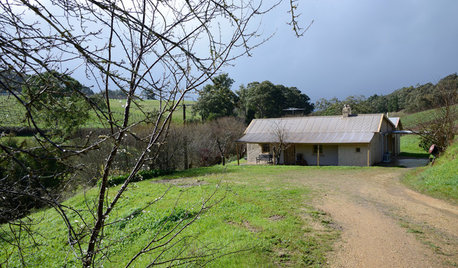
WORLD OF DESIGNWhat We Can Learn From Regional Architecture
The relationship between a traditional regional home and its environment is informing sustainable design
Full Story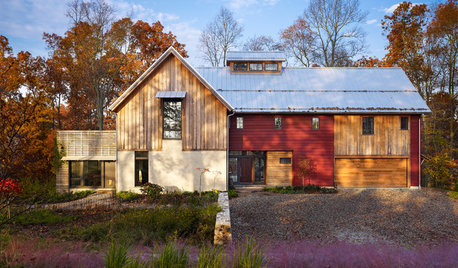
ARCHITECTUREVernacular Design: Architecture's Regional Voices
See how local sites and materials create a language rooted to an area. Is your home part of the conversation?
Full Story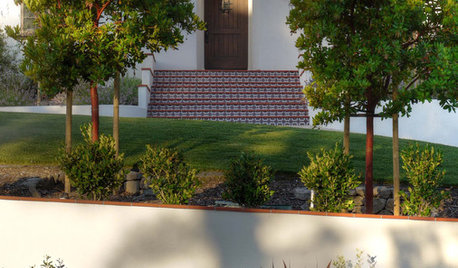
ARCHITECTUREAmerican Architecture: Mission Revival
If you love the look of Southern California's old churches, you'll find this architectural style a blessing
Full Story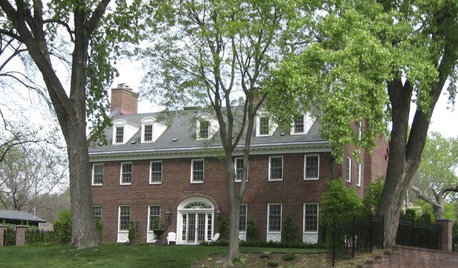
ARCHITECTUREAmerican Architecture: The Elements of Federal Style
With a boxy design as staunch as the forefathers of America, federal architecture has left a lasting mark up and down the East Coast
Full Story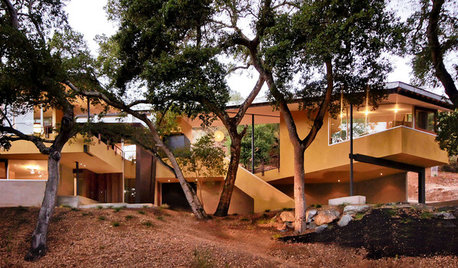
REMODELING GUIDESRegional Modern: Northern California Architecture
A strong connection to the landscape helps define contemporary home design from the Monterey Bay to San Francisco and wine country
Full Story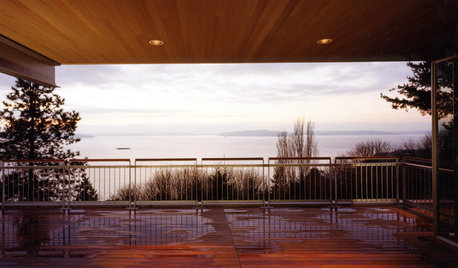
REMODELING GUIDESRegional Modern Architecture: Seattle Splendor
Seattle's modern homes celebrate place with warming foundations and spectacular views
Full Story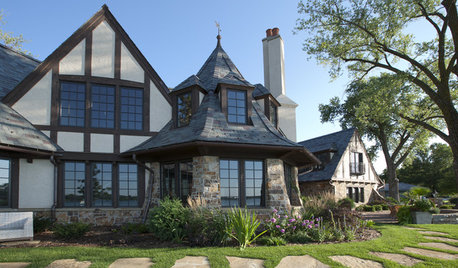
ARCHITECTUREAmerican Architecture: The Elements of Tudor Style
Storybook details and countryside charm make this architecture style appealing even if your home is far from the forest
Full Story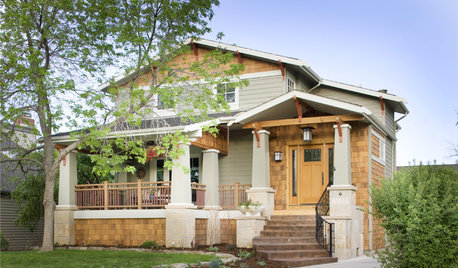
CRAFTSMAN DESIGNAmerican Architecture: The Elements of Craftsman Style
Proud of its handiwork details and with nature as inspiration, Craftsman architecture stands out for its purity of style
Full Story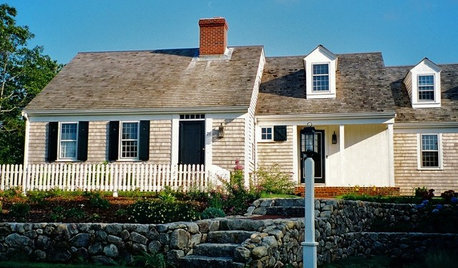
CAPE COD DESIGNAmerican Architecture: The Elements of Cape Cod Style
This simple architecture style was born in New England but has stood the test of time around the United States
Full Story


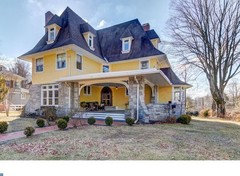
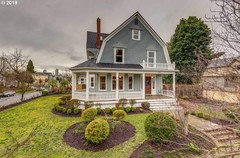
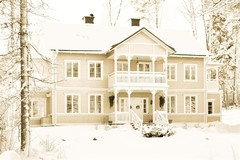
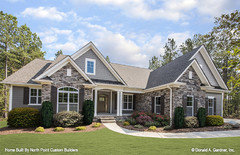

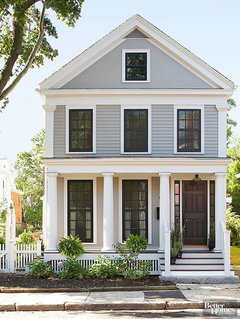




Matt McLagan